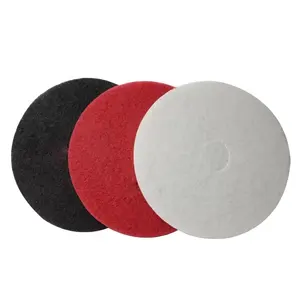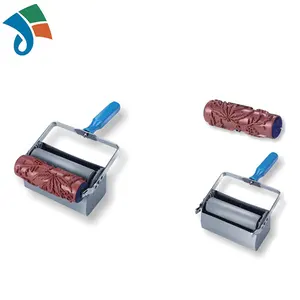Popular in your industry





































































Top categories
About flat head roofing nails
Introduction to Flat Head Roofing Nails
Flat head roofing nails are a specialized type of nail used primarily in the construction and roofing industries. These nails are designed with a broad head that ensures a strong hold on roofing materials, preventing them from tearing or coming loose under various conditions. The flat head provides a larger surface area, which is crucial for holding down roofing felt and shingles securely.
Types and Applications
There are several types of flat head roofing nails, each tailored for specific materials and applications. Galvanized roofing nails, for instance, are treated to resist corrosion and are ideal for outdoor use where weather resistance is necessary. On the other hand, aluminum roofing nails are lighter and suitable for metal roofing installations. The choice of nail depends on the material being used and the environmental conditions it will be exposed to.
Features and Materials
The materials used in manufacturing flat head roofing nails play a pivotal role in their durability and functionality. Common materials include stainless steel, aluminum, and copper, each offering different levels of strength and resistance to corrosion. Stainless steel nails are known for their strength and are often used in regions with harsh weather conditions, while copper nails are chosen for their longevity and rust resistance, making them suitable for historic or high-end roofing projects.
Advantages of Using Flat Head Roofing Nails
The primary advantage of using flat head roofing nails is their ability to provide a secure fastening without damaging the roofing materials. Their flat design distributes the force of the hammer blow across a wider area, reducing the risk of puncturing the material. Additionally, the shank design of these nails, which may include rings or spirals, offers enhanced grip within the roofing substrate, ensuring that the roofing material stays in place even in high-wind conditions.
Considerations for Selection
When selecting flat head roofing nails, it is important to consider the type of roofing material and the environmental factors it will be exposed to. For delicate materials that are prone to splitting, such as thin wood or certain shingles, choosing a nail with a slimmer shank can help prevent damage during installation. For areas prone to moisture or saltwater, selecting a corrosion-resistant material like stainless steel or galvanized steel can extend the life of the roofing.
Installation and Usage Tips
Proper installation of flat head roofing nails is crucial for the longevity of a roofing project. It is important to choose the correct length of nail to ensure that it penetrates sufficiently through the roofing material and into the supporting structure. Additionally, the use of appropriate tools and techniques during installation can prevent damage to the roofing material and ensure that the nails are driven in straight and flush with the surface.

























